(This post was co-authored by EDF Senior Climate Scientist Ilissa Ocko)
Hurricanes are complicated, and their characteristics depend on a number of factors, which makes it difficult to tease out certain trends and predict the future. But what is scientifically clear is that human-caused climate change is a key reason that hurricanes are more destructive – especially in Florida.
Hurricanes are becoming stronger faster. They are less predictable and thus more dangerous because there is less time to prepare and evacuate. Flooding from hurricanes is worsening due to higher sea level, more rainfall, and slower storm speeds.
Florida has always been more vulnerable to hurricanes and tropical storms than any other U.S. state because its exposed, southern location is surrounded by warm waters. There are almost twice as many hurricanes that hit Florida as Texas, the second most impacted state. But shifting atmosphere and ocean conditions from climate change – caused by heat-trapping gases emitted from human activities – are making hurricane season even worse for Floridians. Here’s how:










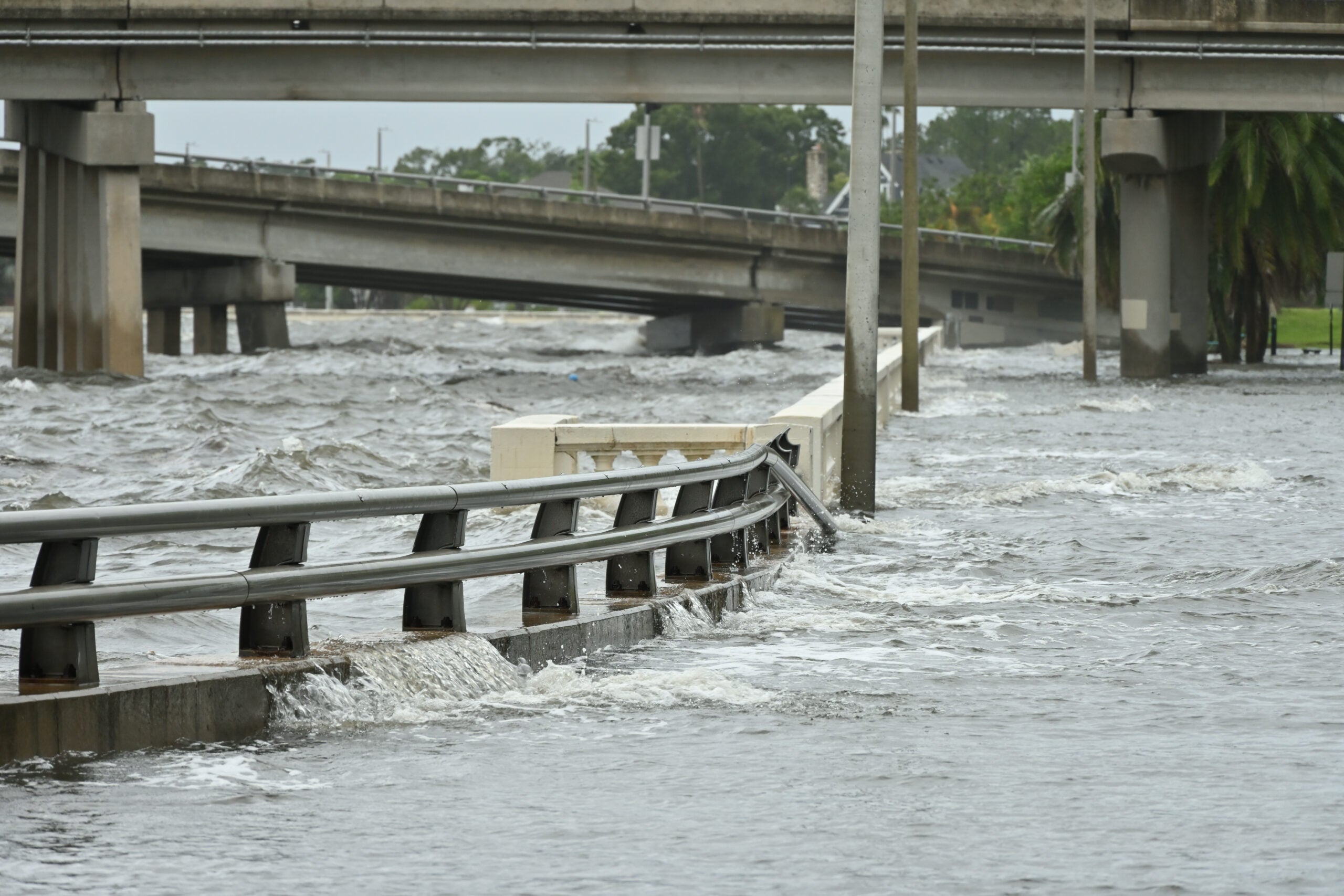
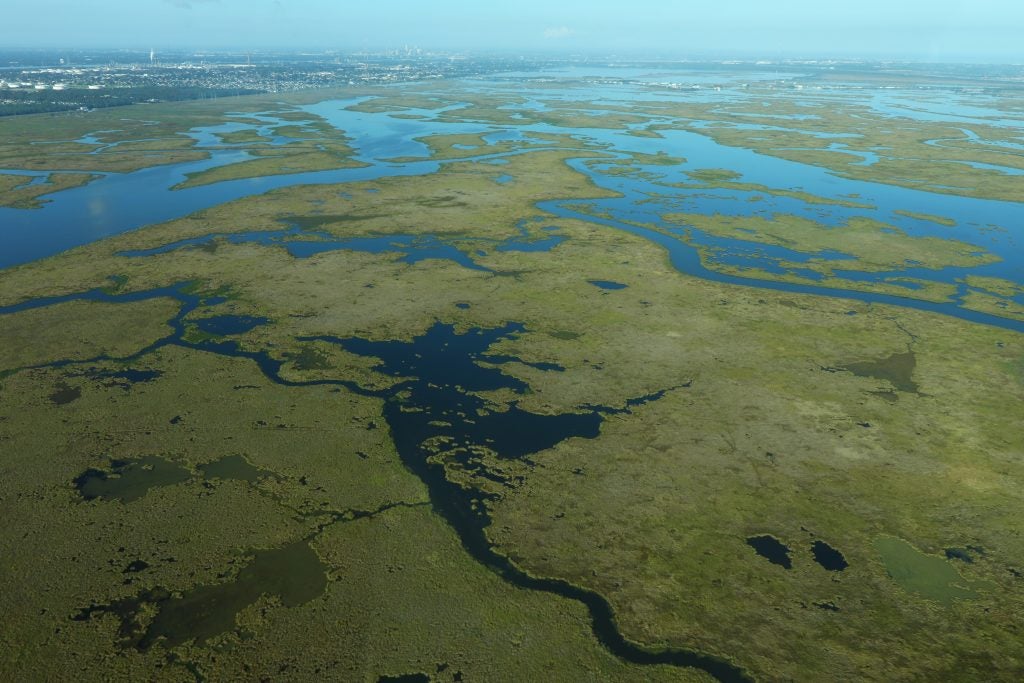

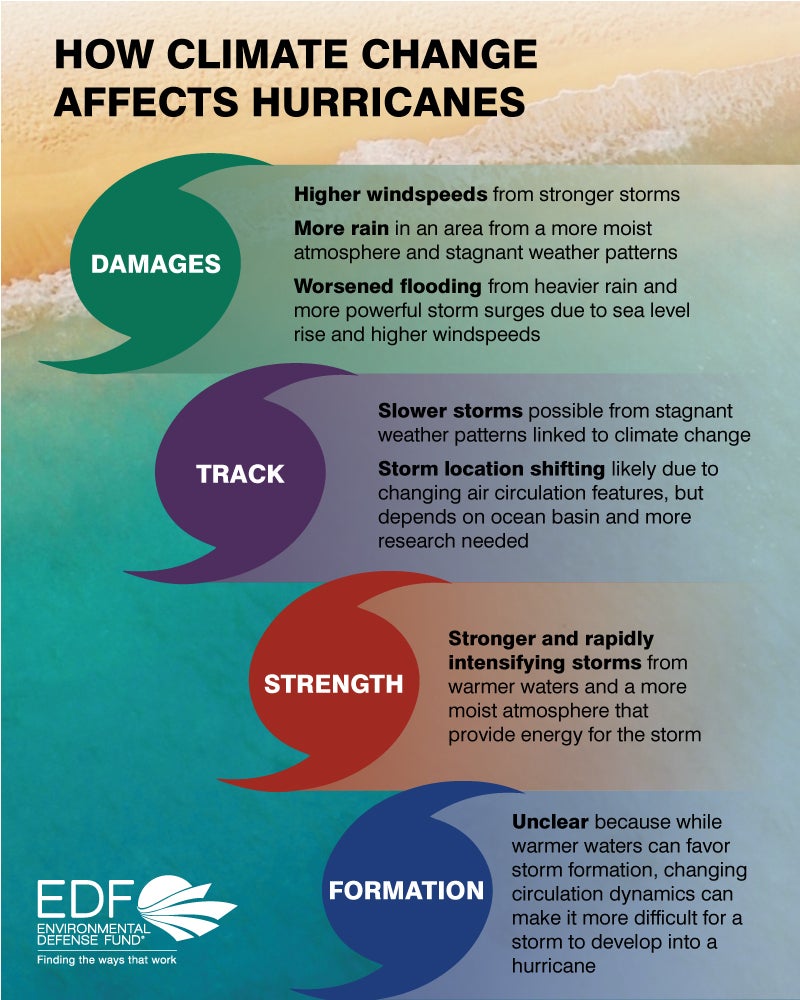
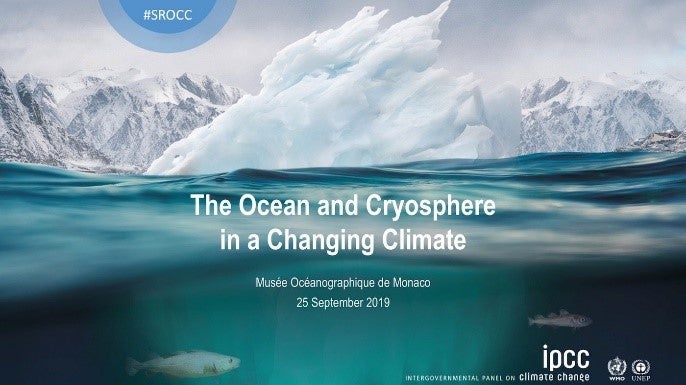 The Intergovernmental Panel on Climate Change has published yet another alarming report about the dangers we face from the climate crisis.
The Intergovernmental Panel on Climate Change has published yet another alarming report about the dangers we face from the climate crisis.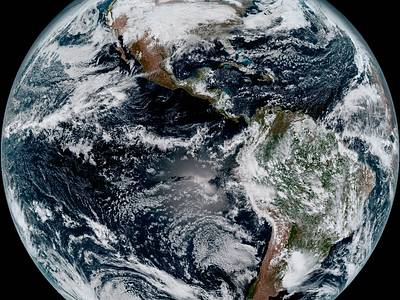
 2018 brought with it a torrent of stories that now shape the world we live in and will shape 2019 and years to come.
2018 brought with it a torrent of stories that now shape the world we live in and will shape 2019 and years to come.